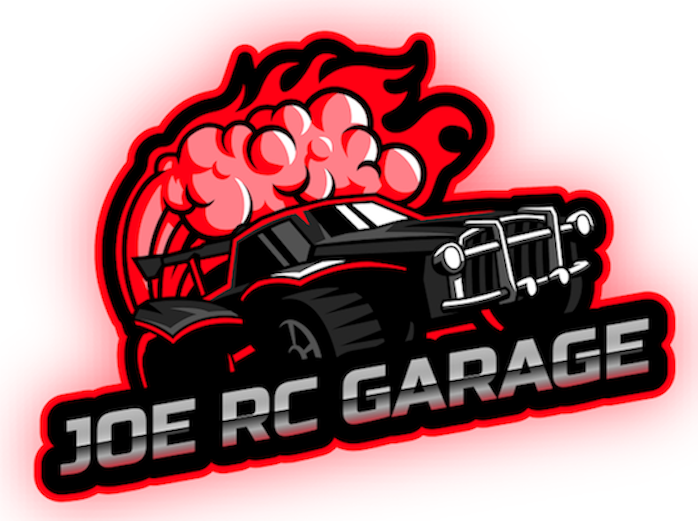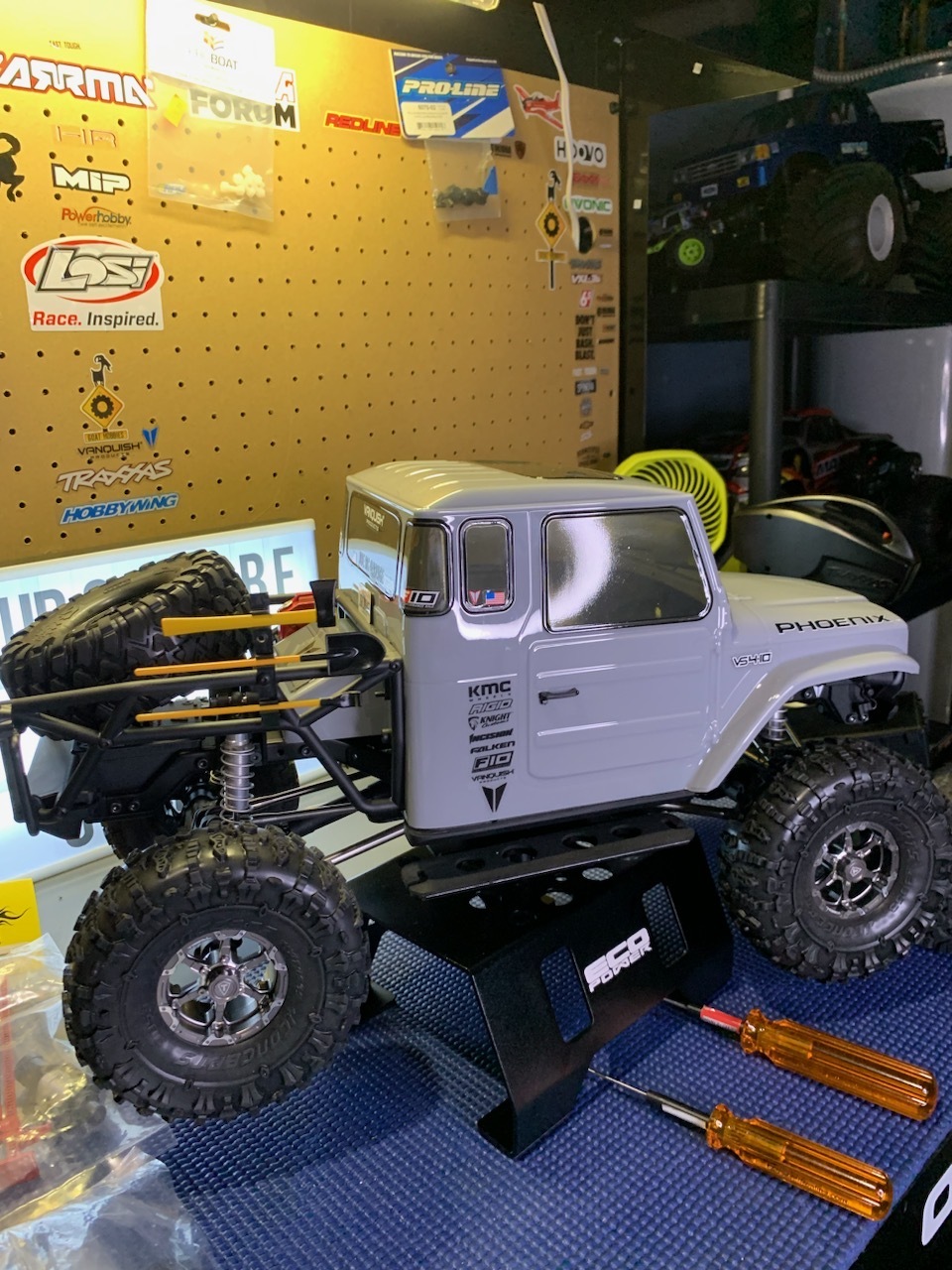Off-road RC vehicles are the perfect way to explore the great outdoors and push your limits. One of the most popular off-road vehicles is the RC rock crawler, a versatile machine that can tackle all kinds of terrain. Whether you’re a seasoned hobbyist or a newcomer to the world of RC vehicles, this guide will provide you with all the information you need to get started with RC rock crawling.
Table of Contents
- What is an RC rock crawler?
- Types of RC rock crawlers
- Choosing the right RC rock crawler
- Essential features of an RC rock crawler
- RC rock crawler components and parts
- Building your own RC rock crawler
- Maintenance and care of your RC rock crawler
- Tips for RC rock crawling
- Common mistakes to avoid when RC rock crawling
- Safety precautions for RC rock crawling
- Where to go rock crawling
- Conclusion
- FAQs
What is an RC rock crawler?
An RC rock crawler is a miniature version of a four-wheel-drive vehicle designed to climb over obstacles, crawl through rough terrain, and overcome challenging obstacles. These vehicles are powered by electric motors and come in a variety of shapes and sizes, from small 1/24-scale models to larger 1/10-scale vehicles. RC rock crawlers are ideal for anyone who wants to experience the thrill of off-road driving in a controlled environment.
Types of RC rock crawlers
There are two main types of RC rock crawlers: kits and ready-to-run (RTR) models. Kits require assembly and tuning, making them a great choice for experienced hobbyists who enjoy tinkering with their vehicles. RTR models are pre-built and ready to use straight out of the box, making them perfect for beginners. Within these two categories, there are also different styles of RC rock crawlers, including scale models of real-life vehicles and custom designs.
Choosing the right RC rock crawler
When selecting an RC rock crawler, it’s essential to consider your skill level, budget, and intended use. Beginners should start with an RTR model that is easy to use and maintain. Experienced hobbyists may prefer to build their own kit from scratch or customize an RTR model to suit their needs. It’s also essential to consider the type of terrain you will be driving on, as some models are better suited for specific types of rock crawling.
Essential features of an RC rock crawler
The essential features of an RC rock crawler include a sturdy chassis, powerful motor, durable tires, and a reliable suspension system. Many models also come with features like waterproofing, adjustable shocks, and four-wheel drive. When selecting an RC rock crawler, it’s crucial to look for models with these essential features to ensure a quality experience.
RC rock crawler components and parts
RC rock crawlers are made up of various components and parts, including the chassis, motor, battery, suspension, and tires. It’s essential to understand the function of each component and how to maintain and replace them when necessary. Regular maintenance of your RC rock crawler will ensure optimal performance and longevity.
Building your own RC rock crawler
Building your own RC rock crawler is a fun and rewarding experience that allows you to customize your vehicle to your specific needs and preferences. It requires knowledge of basic mechanical and electrical principles and the ability to follow instructions carefully. Many manufacturers offer detailed instructions and support for building custom RC rock crawlers.
Maintenance and care of your RC rock crawler
Proper maintenance and care of your RC rock crawler are crucial to ensure optimal performance and longevity. This includes regular cleaning, lubrication of moving parts, and checking for loose or worn components. It’s also essential to properly store your RC rock crawler when not in use to prevent damage and prolong its lifespan. This includes removing the battery and storing it separately, keeping the vehicle in a cool, dry place, and protecting it from dust and debris.
Tips for RC rock crawling
RC rock crawling can be a challenging activity, but with the right techniques and strategies, it can also be incredibly rewarding. Here are some tips to help you get the most out of your RC rock crawler:
- Start slow: Begin with easy terrain and gradually work your way up to more challenging obstacles.
- Choose your line: Look for the best route to navigate through the rocks, and plan your moves carefully.
- Use your brakes: Applying the brakes can help you maintain control and prevent the vehicle from rolling over.
- Keep a steady pace: Try to maintain a consistent speed to avoid getting stuck or losing control.
- Stay patient: Don’t rush or panic if you get stuck or face a difficult obstacle. Take your time and carefully plan your next move.
Common mistakes to avoid when RC rock crawling
Even experienced rock crawlers can make mistakes, but by avoiding these common errors, you can have a more enjoyable and successful experience:
- Overloading the vehicle: Avoid adding too much weight to your RC rock crawler, as it can make it more difficult to maneuver and put unnecessary strain on the components.
- Ignoring the terrain: Always assess the terrain before starting to drive and adjust your driving technique accordingly.
- Forgetting to maintain the vehicle: Regular maintenance is essential to keep your RC rock crawler in top condition and avoid breakdowns.
- Taking unnecessary risks: Always prioritize safety and avoid taking unnecessary risks that could cause damage to your vehicle or injury to yourself or others.
Safety precautions for RC rock crawling
While RC rock crawling can be a fun and exciting activity, it’s important to prioritize safety to prevent accidents or injuries. Here are some essential safety precautions to follow:
- Always wear eye protection: Wear goggles or safety glasses to protect your eyes from debris.
- Keep bystanders at a safe distance: Make sure anyone watching is at least a safe distance away from the vehicle to avoid injury.
- Avoid driving near water: Water can damage your RC rock crawler and increase the risk of electrical shock.
- Use caution on steep slopes: Avoid driving on steep slopes, as it can increase the risk of the vehicle rolling over.
- Follow manufacturer guidelines: Always follow the manufacturer’s guidelines for safe use and maintenance of your RC rock crawler.
Where to go rock crawling
There are many places to go rock crawling, including indoor and outdoor courses, local parks, and even your backyard. Look for places with natural obstacles like rocks, logs, and steep inclines, or check online for local rock crawling clubs and events.
Conclusion
RC rock crawling is a fun and challenging activity that offers a unique way to explore the great outdoors. By selecting the right vehicle, following safety precautions, and practicing good maintenance and driving techniques, you can have a rewarding and enjoyable experience with your RC rock crawler.
Frequently Asked Questions
Do I need any special equipment to start rock crawling with an RC vehicle?
Aside from the RC rock crawler itself, you may need additional equipment such as a battery charger, spare batteries, and tools for maintenance and repair.
Can I upgrade my RC rock crawler to improve its performance?
Yes, many manufacturers offer a range of upgrades and customizations to enhance the performance and durability of your RC rock crawler.
Can I drive my RC rock crawler in wet conditions?
Some models are waterproof and can handle wet conditions, but it's important to check the manufacturer's guidelines and take appropriate safety precautions.
How do I know if my RC rock crawler needs maintenance?
Regular cleaning, lubrication, and inspection can help you identify any worn or damaged components that need replacement or repair.
What is the difference between a kit and an RTR RC rock crawler?
A kit requires assembly and tuning, making it a good choice for experienced hobbyists. An RTR model is pre-built and ready to use, making it a better choice for beginners.
What kind of terrain is best for RC rock crawling?
RC rock crawlers are designed to handle rough terrain with obstacles like rocks, logs, and steep inclines. Look for natural obstacles or designated rock crawling courses to find the best terrain for your vehicle.
How fast do RC rock crawlers go?
RC rock crawlers are designed for slow, precise movement and typically have a top speed of around 5-10 mph.
Can I use my RC rock crawler indoors?
Yes, some RC rock crawlers are small enough to use indoors, but it's important to consider the terrain and any potential obstacles that could damage your vehicle or property.
How do I choose the right RC rock crawler for me?
Consider your skill level, budget, intended use, and the terrain you will be driving on when selecting an RC rock crawler. Research different models and read reviews from other hobbyists to find the best fit for your needs.
Is RC rock crawling safe for children?
RC rock crawling can be a safe and fun activity for children under adult supervision. It's important to follow safety precautions and select a vehicle that is appropriate for the child's age and skill level.




